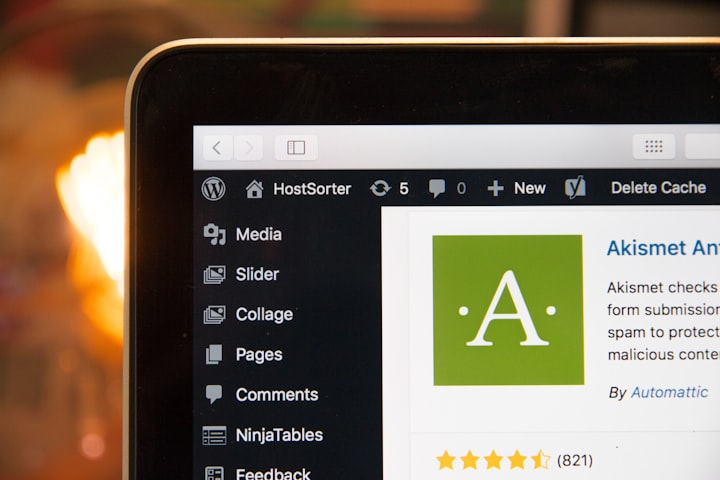Tips for Managing Negative Comments on your Blog
Do you have a blog? Then you likely get negative comments. Learn how to deal with them.

When you start a blog, you open yourself up to comments from readers. Some of those comments will be positive, others will be negative.
How you deal with the negative comments can make or break your blog.
Negative comments can be damaging to your blog if you don't manage them effectively. If you ignore them, they can become more and more frequent, and this can discourage other readers from commenting on your blog. If you react angrily to them, it will only make the situation worse.
However, don't be discouraged. Managing negative comments on your blog is a skill that you can learn soon. And I'll share my best tips with you.
You can even leverage negative comments to grow your blog and build your readership. Let's get started!
1. Don't take negative comments personally.
Remember, the person who is leaving the comment is not attacking you as a person, but rather your work. But it can be hard to see it this way when you've worked hard on your post. Or have shared something meaningful for you.
When you remember that the commenter is not attacking you as a person, it will be easier to stay calm and respond effectively.
If you do find that you're getting comments that are personal and just toxic, you can use some of the other tips here to deal with them.
2. Respond to negative comments in a civil manner.
If you ignore negative comments, they will only get worse. Or your audience might see your lack of response as a confirmation that the person leaving the comment was right.
If you react angrily, the situation will only escalate.
However, if you respond to them in a civil manner, you can often turn the situation around. You might not be able to change the commenter's mind, but you can show your other readers that you're listening and that you care about their opinions.
This is a great way to build a community around your blog.
3. Use negative comments to your advantage.
Negative comments can be a great opportunity to learn and grow. If you take the time to read them and understand why the commenter is unhappy, you can often improve your blog as a result.
You might also be able to use the commenter's feedback to write future posts. For example, if someone leaves a comment saying that they didn't like a particular post, you could engage with them and find out why. And you could update the post they're responding to.
Very often, blog comments offer insights and clarify things that you might not have covered. If you leverage them well, you'll only build a positive reputation.
4. Take the conversation offline
If a discussion gets too heated or an argument starts, suggest that people take the conversation to email or some other way where you can talk privately. This is a great way to avoid any further conflict and actually resolve the situation.
5. Delete irrelevant or mean comments.
There's no need to have rude or irrelevant comments on your blog. If they're not contributing to the discussion, delete them. You have to play an active role in managing comments and discussions on your blog or community.
This will keep your blog clean and make it easier for people to find the conversations that actually provide value.
6. Don't engage with trolls.
Remember, not everyone on the internet is a genuine reader of your blog. Some people just like leaving rude comments and stirring up arguments. You don't have to respond to them, so don't give them the satisfaction.
Trolls will often disappear if you don't react to them.
7. Turn on approval for comments.
Generally speaking, you should approve comments manually on your blog. Since it's commonplace for spammers to overwhelm contact forms and blog comments with canned comments and links to low-quality websites.
If you're using WordPress, you can easily create a way to manually approve comments before they're published. This way you can make sure that nothing inappropriate gets posted to your blog.
However, make sure that you do allow some critical and negative-but-fair comments to appear on your blog. It's not a good idea to dismiss all critical comments as spam. Your readers will figure out that you're blocking other points of view and you'll also remove the opportunity for discussions to take place.
Conclusion
Every blogger has a unique style, and what some people may perceive as a valuable comment of praise or constructive criticism, another blogger may see as an insult.
It's important to consider the way you want to portray yourself and your blog when deciding how best to manage negative comments on your site. Remember that not everyone will agree with you, but you should always be open to discussion of your perspective.
If you follow these helpful tips, dealing with negative comments will no longer seem like a stressful process!
About the Creator
Syed Balkhi
Syed Balkhi is the founder of WPBeginner, the largest free WordPress resource site. You can learn more about Syed and his portfolio of companies by following him on his social media networks.






Comments
There are no comments for this story
Be the first to respond and start the conversation.